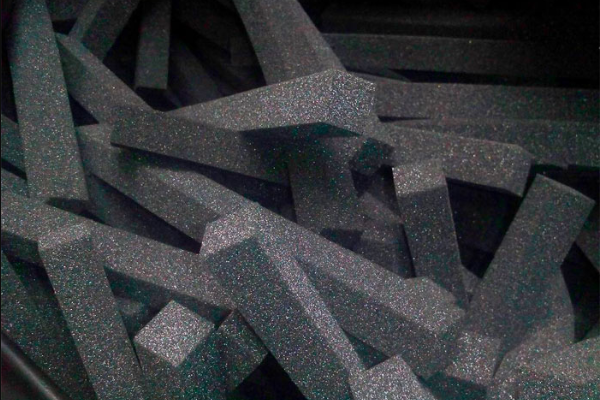- English
- Español
- Português
- русский
- Français
- 日本語
- Deutsch
- tiếng Việt
- Italiano
- Nederlands
- ภาษาไทย
- Polski
- 한국어
- Svenska
- magyar
- Malay
- বাংলা ভাষার
- Dansk
- Suomi
- हिन्दी
- Pilipino
- Türkçe
- Gaeilge
- العربية
- Indonesia
- Norsk
- تمل
- český
- ελληνικά
- український
- Javanese
- فارسی
- தமிழ்
- తెలుగు
- नेपाली
- Burmese
- български
- ລາວ
- Latine
- Қазақша
- Euskal
- Azərbaycan
- Slovenský jazyk
- Македонски
- Lietuvos
- Eesti Keel
- Română
- Slovenski
- मराठी
- Srpski језик
Coloring tips for PU pigments
2023-11-08
PU pigment is a coloring material with excellent performance and wide application. It is widely used in PU coatings, plastics, fibers and other fields. Here are some PU pigment coloring tips:
1. Choose the appropriate pigment type: PU pigments can usually be divided into two categories: organic pigments and inorganic pigments. Organic pigments have good weather resistance and light stability and are suitable for outdoor products; while inorganic pigments have high heat resistance and chemical resistance and are suitable for areas with special requirements. Choose the appropriate pigment type according to the use environment and needs.
2. Color ratio: According to the required color effect, mix different pigments in a certain proportion to obtain the desired color effect. When mixing, attention should be paid to the compatibility and interaction of the pigments to avoid reactions between the pigments or mutual weakening of the colors.
3. Color paste preparation: Mix the selected pigment with a suitable carrier liquid (such as PU resin) to prepare a color paste. The concentration and particle size distribution of the color paste have an impact on the coloring effect and need to be adjusted according to the specific situation.
4. Stir evenly: Before mixing the color paste with the base material (such as PU paint or plastic), sufficient stirring is required to disperse the pigment evenly in the base material to ensure color uniformity.
5. Color test and adjustment: Before actual application, first conduct a color test to check whether the coloring effect meets expectations. If necessary, fine-tuning can be made based on the test results to adjust the pigment ratio or color paste concentration to obtain satisfactory color results.
6. Consider transparency: The transparency of PU pigments has an important impact on the final coloring effect. Transparent pigments will cause the color of the substrate to show through, while opaque pigments will completely obscure the color of the substrate. Choose a pigment with appropriate transparency as needed, or make appropriate adjustments.
In short, the coloring skills of PU pigments include selecting the appropriate pigment type, reasonable ratio, preparation of color paste, uniform mixing, color testing and adjustment, and consideration of factors such as transparency. Through correct operation and adjustment, the expected PU pigment coloring effect can be achieved.




